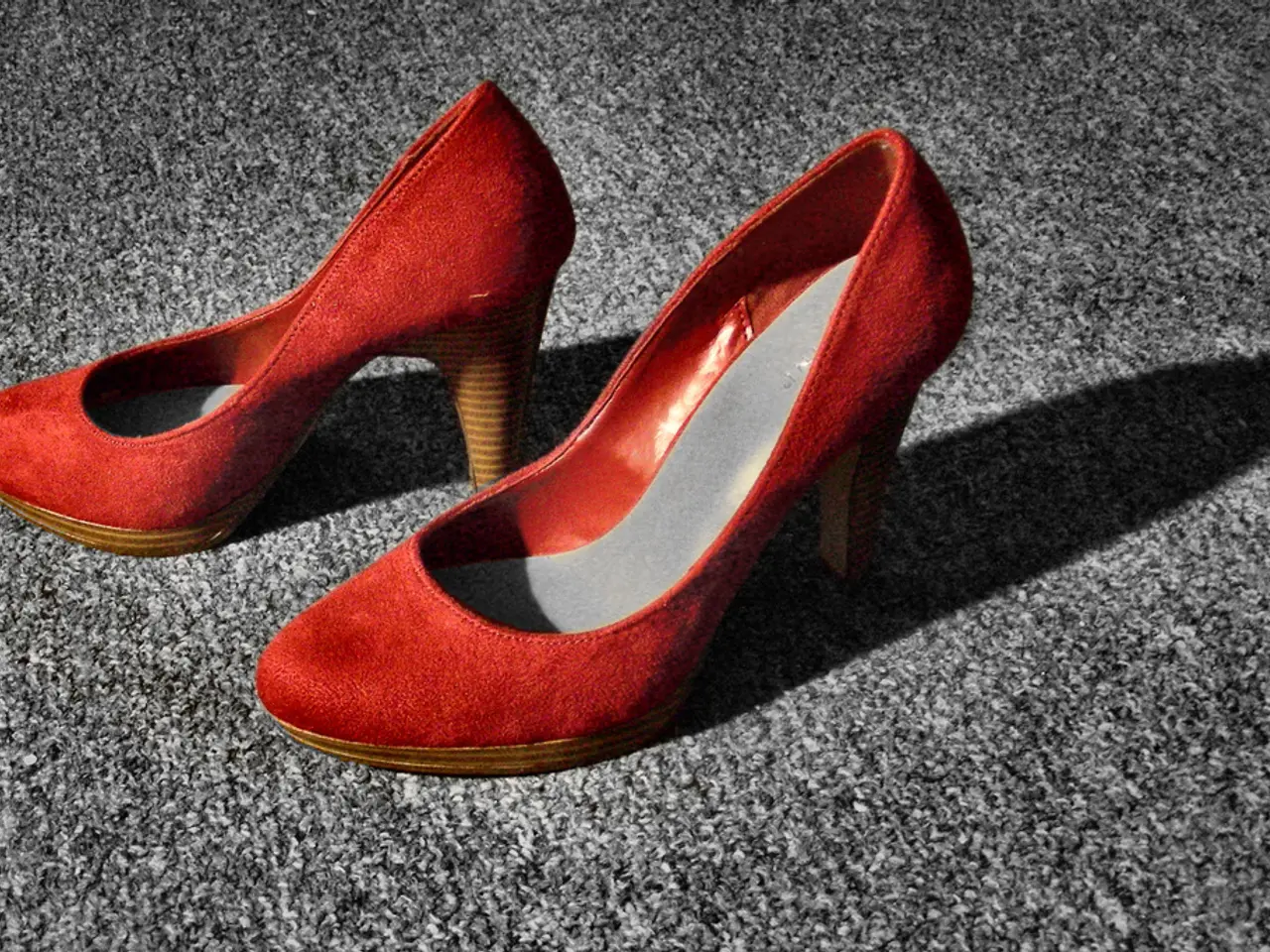Solutions for Misaligned Toes: A Guide
Common Causes, Types, and Treatments for Toe Deformities
Toe deformities, such as Hallux Valgus (Bunion), Schneider's Bunion, Hammer Toe, and Claw Toe, can be a common concern for many individuals. Understanding the causes, types, and treatment options can help manage these conditions effectively.
1. Causes:
Toe deformities can be caused by a variety of factors. Hallux Valgus, for example, is mainly induced by genetic predisposition, wearing tight or narrow shoes, and biomechanical abnormalities that lead to the big toe deviating towards the second toe, resulting in a bony prominence on the inner foot edge. Schneider's Bunion, on the other hand, is a bunion-like deformity on the outside of the foot at the base of the little toe, caused by pressure and footwear, and sometimes foot structure abnormalities.
Hammer Toe and Claw Toe are often caused by heredity, tendon imbalance, poorly fitting shoes, trauma, foot deformities like bunions, and conditions such as rheumatoid arthritis or diabetes.
2. Types of Toe Deformities:
| Deformity | Description | Typical Location | |-----------------|----------------------------------------------------|----------------------------------------| | Hallux Valgus | Lateral deviation of the big toe with bunion formation| Base joint of the big toe (first MTP joint) | | Schneider's Bunion | Bony prominence on the outside of the fifth metatarsal head | Base joint of the little toe | | Hammer Toe | Toe bent downward at the proximal interphalangeal (PIP) joint | Usually the second, third, or fourth toe | | Claw Toe | Toes bent upward at the MTP joint and downward at PIP and DIP joints | Toes with a claw-like appearance |
3. Treatments:
Treatment for toe deformities can vary depending on the severity and flexibility of the deformity. Conservative treatments, such as changing to well-fitting, supportive shoes with wide toe boxes, using custom orthotics or shoe inserts to redistribute pressure, toe stretching exercises, padding or splints to relieve pressure and realign toes, and activity modification to reduce aggravation, are often the initial approach for flexible or mild deformities.
For rigid, painful, or severe deformities, surgical treatments may be necessary. For Hallux Valgus, realignment of the big toe joint via osteotomy or soft tissue procedures may be performed. Schneider's Bunion can be treated with excision or realignment surgery of the fifth metatarsal head. Hammer Toe surgery depends on flexibility, with flexible hammer toes treated by tendon lengthening or arthroplasty, and rigid hammer toes treated by arthrodesis (fusion of the affected joint) with pinning to stabilize and prevent recurrence. Claw Toe may involve tendon transfers, joint fusion, or lengthening procedures to restore toe alignment and function.
Additional specific procedures include arthroplasty (removal of part of the joint to correct deformity while preserving some motion) and tenotomy or tendon transfer (cutting or relocating tendons to restore balance and improve toe position, suitable especially in younger, flexible cases). Surgery is generally considered when pain, pressure, or deformity interferes with footwear and daily activities, or when conservative treatments fail.
This overview synthesizes the causes, deformity types, and both non-surgical and surgical treatment options for common toe deformities including Hallux Valgus, Schneider's Bunion, Hammer Toe, and Claw Toe based on recent expert sources. If you are experiencing toe deformities, it is advisable to consult with a doctor for a proper diagnosis and treatment plan.
Science has unveiled that toe deformities such as Hallux Valgus, Schneider's Bunion, Hammer Toe, and Claw Toe can often be linked to chronic diseases like rheumatoid arthritis or diabetes, as well as medical conditions like genetic predispositions. The health and wellness industry emphasizes on fitness and exercise as an essential aspect of managing toe deformities, as poor footwear choices and biomechanical abnormalities could exacerbate these conditions. Custom orthotics or shoe inserts, toe stretching exercises, and activity modification are part of the recommended conservative treatments for reducing aggravation and improving toe alignment.




